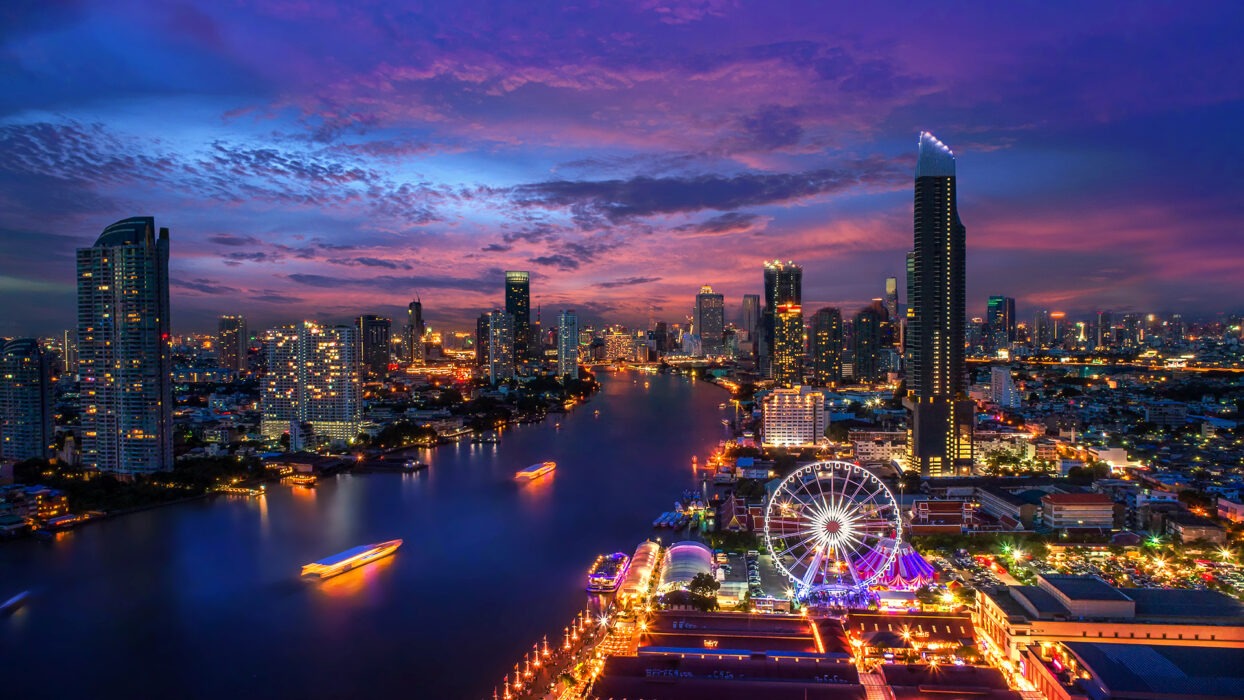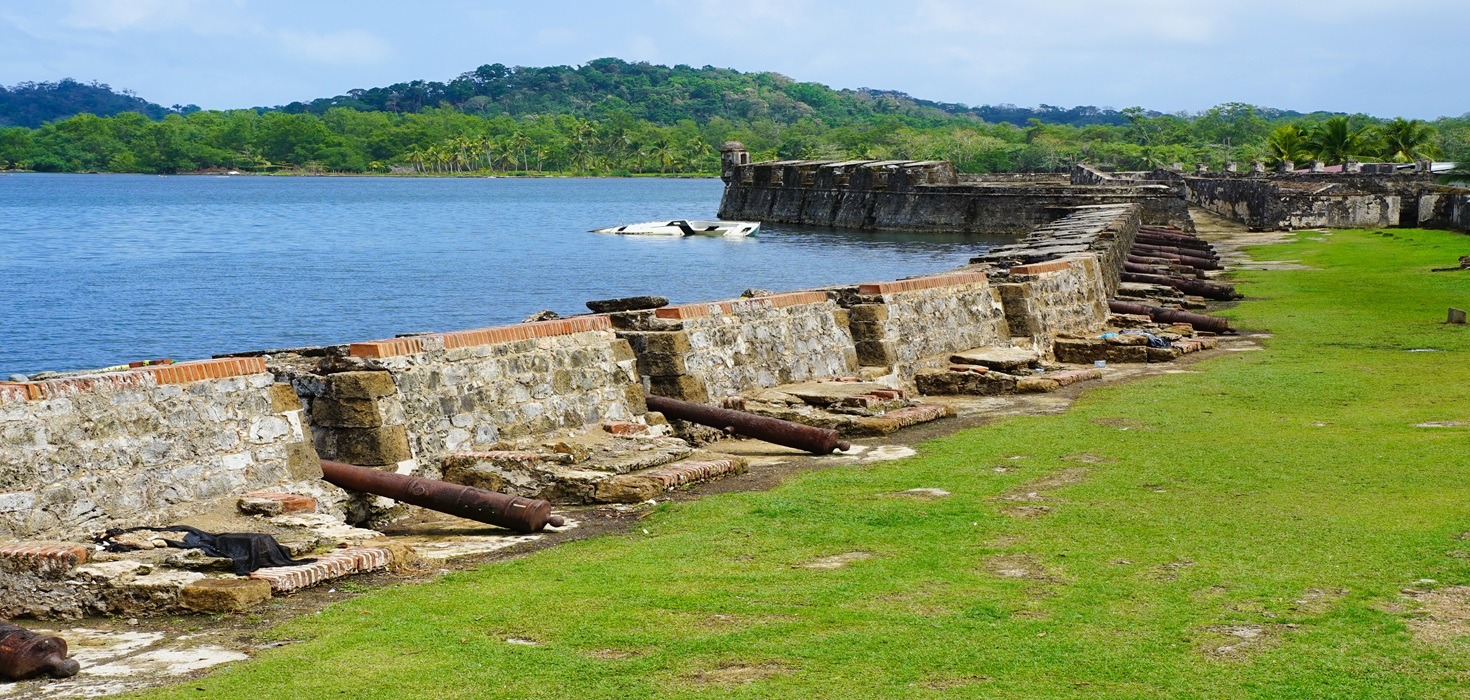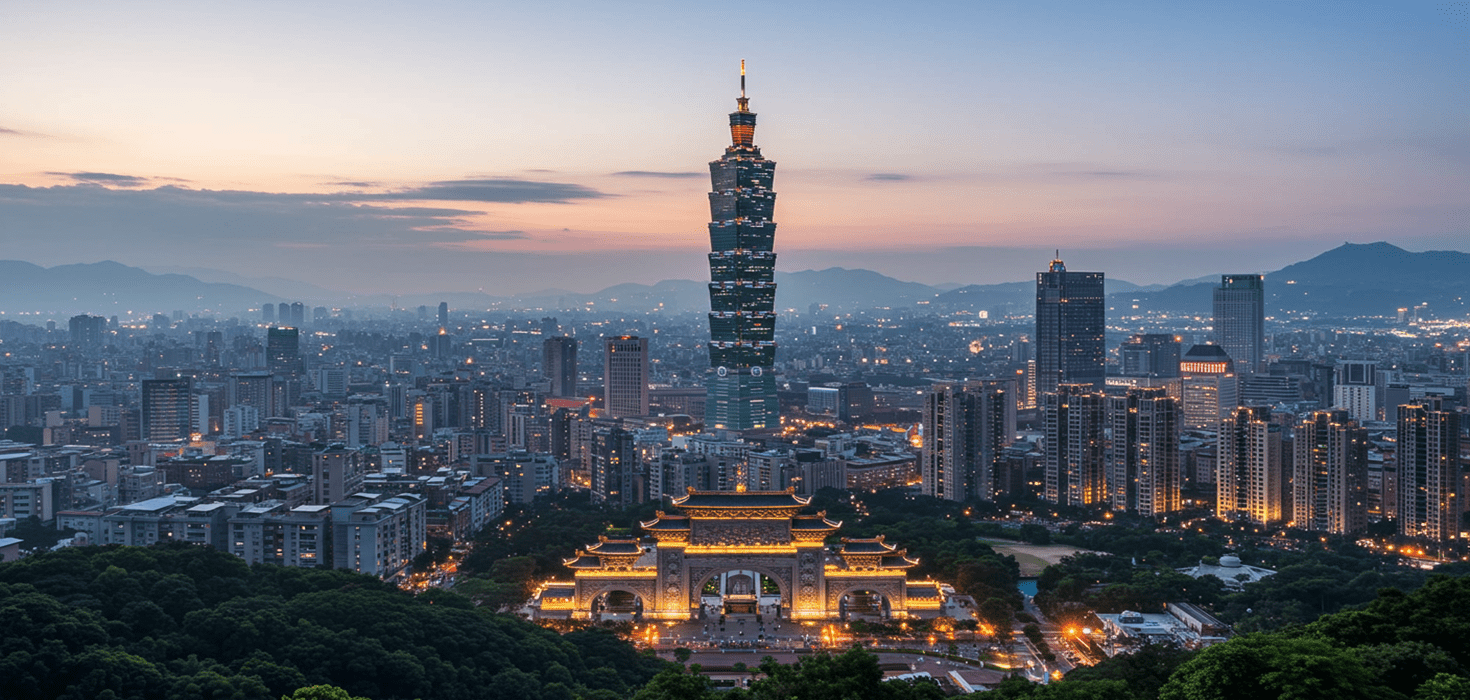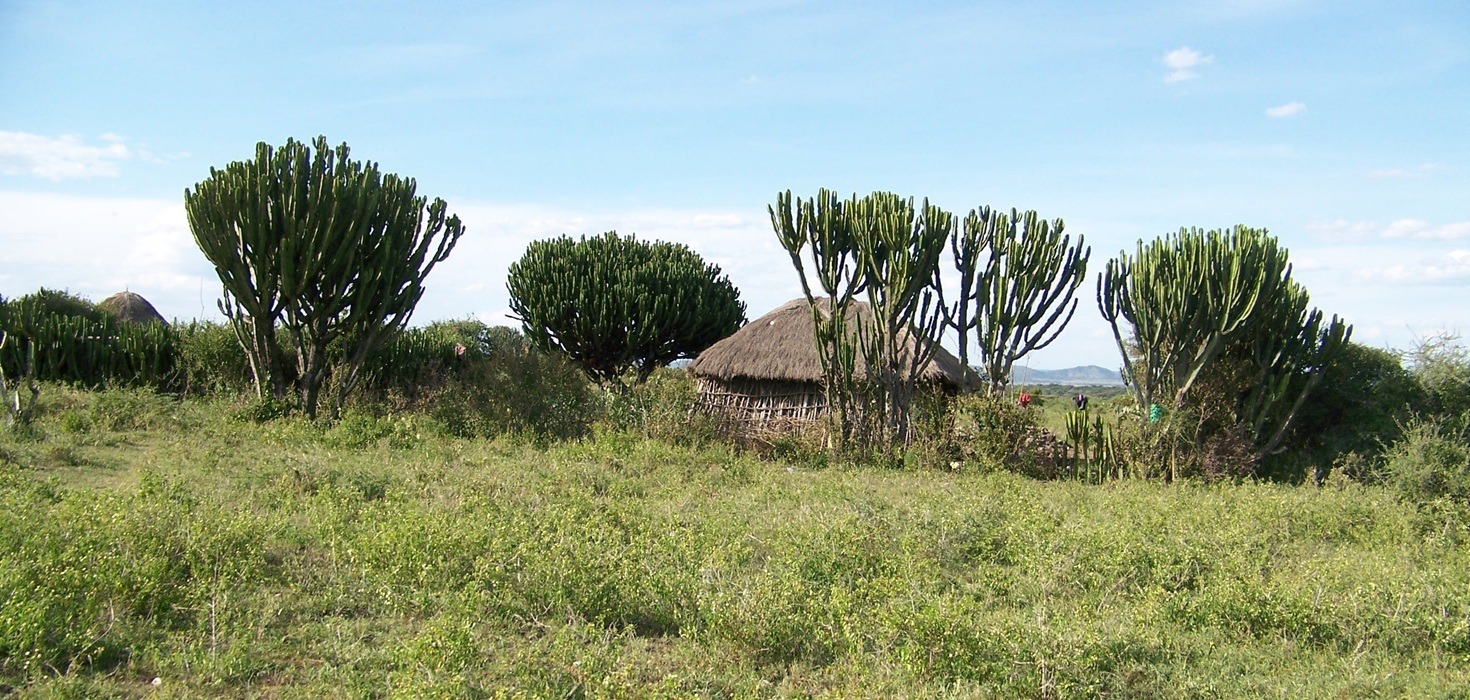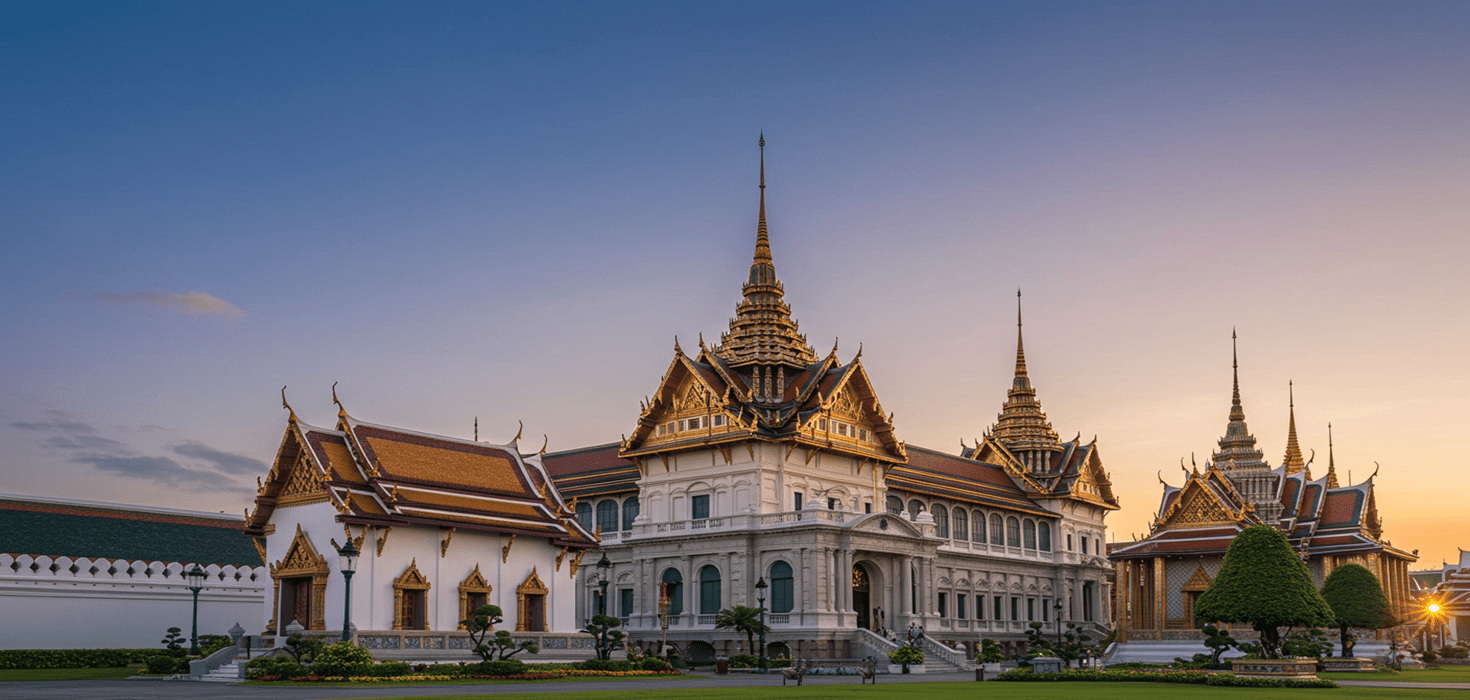Introduction
Welcome to Wat Pho, one of Bangkok’s most cherished cultural and historical landmarks! This stunning temple complex, known for its impressive architecture and rich history, is a must-visit for anyone exploring the vibrant capital of Thailand. As you step into Wat Pho, the air is filled with a sense of serenity and reverence, making it a perfect escape from the bustling streets of Bangkok.
Wat Pho, officially known as Wat Phra Chetuphon Wimon Mangkhlaram Ratchaworawihan, is not just a temple; it’s a treasure trove of Thai culture, history, and spirituality. Established in the 16th century, this ancient site has played a pivotal role in the development of Thai education and traditional medicine. With its stunning Reclining Buddha statue and beautifully decorated stupas, Wat Pho is a feast for the eyes and a balm for the soul.
The temple’s significance extends beyond its breathtaking architecture; it is a UNESCO World Heritage site that attracts travelers from all corners of the globe. Whether you’re a history buff, a spiritual seeker, or simply someone looking to soak in the beauty of Thai artistry, Wat Pho has something special for you. So, let’s embark on a journey to uncover the rich history of this magnificent temple!
Discovering the Rich History of Wat Pho
Wat Pho’s history is as fascinating as its architecture. Founded during the reign of King Rama I in the late 18th century, this temple was built to house a revered Buddha image and serve as a center for education and healing. Originally, it was a modest structure, but over the centuries, it has evolved into a grand complex that reflects the artistic and cultural heritage of Thailand.
One of the lesser-known facts about Wat Pho is its role in the Thai education system. The temple was home to the first public university in Thailand, where monks taught various subjects, including medicine, astrology, and literature. This commitment to education continues today, as Wat Pho is renowned for its traditional Thai massage school, attracting students and visitors eager to learn the ancient art of healing.
In 2008, Wat Pho was recognized as a UNESCO World Heritage site, further solidifying its importance in the cultural landscape of Thailand. This designation highlights the temple’s architectural significance and its contributions to the preservation of Thai traditions. As you wander through the temple grounds, you’ll encounter numerous murals and inscriptions that tell the story of Thailand’s history, making it a living museum of sorts.
If you’re eager to learn more about the temple’s fascinating past, check out our Comprehensive Guide to Wat Pho for an in-depth look at its historical significance and cultural impact.
The Iconic Reclining Buddha in Bangkok
No visit to Wat Pho is complete without marveling at the iconic Reclining Buddha, a magnificent statue that stretches an impressive 46 meters in length. This awe-inspiring figure is adorned with gold leaf and mother-of-pearl inlays, making it a breathtaking sight to behold. The statue represents the Buddha in his final moments of life, symbolizing peace and enlightenment.
The craftsmanship of the Reclining Buddha is a testament to the skill and artistry of Thai artisans. As you gaze upon the intricate details, from the delicate patterns on the soles of the Buddha’s feet to the serene expression on his face, you can’t help but feel a sense of tranquility wash over you. Many visitors take part in the ritual of offering alms to the Buddha, which adds to the spiritual atmosphere of the temple.
Legends surrounding the Reclining Buddha abound, with stories of its creation and the significance of its posture. It’s said that the statue embodies the essence of letting go of earthly attachments, encouraging visitors to reflect on their own lives. As you stand in front of this magnificent statue, take a moment to soak in the peaceful ambiance and allow its symbolism to resonate within you.
For a deeper understanding of the Reclining Buddha and its significance, don’t miss our Your Guide to the Reclining Buddha for insights into its history and the rituals associated with this iconic figure.
Architectural Marvels: Wat Pho’s Stunning Design
As you explore Wat Pho, prepare to be captivated by its stunning architectural features. The temple complex is a masterpiece of Thai architecture, showcasing intricate murals, ornate stupas, and beautifully landscaped gardens. Each corner of Wat Pho tells a story, and the vibrant colors and detailed designs are a feast for the eyes.
The murals that adorn the walls of Wat Pho depict scenes from Buddhist teachings and Thai folklore, offering a glimpse into the cultural heritage of the region. These artworks are not only visually striking but also serve as educational tools, conveying important messages about morality and spirituality. Be sure to take your time as you wander through the temple grounds, allowing yourself to appreciate the artistry that surrounds you.
The stupas, or chedis, are another highlight of Wat Pho’s architecture. Each stupa is uniquely designed and often contains relics of the Buddha or important monks. The tallest stupa, known as Phra Maha Chedi, reaches a height of 42 meters and is adorned with colorful tiles that shimmer in the sunlight. These architectural wonders are not just beautiful; they also hold deep spiritual significance for the local community.
For those interested in the architectural details and restoration efforts that preserve the beauty of Wat Pho, our article on Fun at the Reclining Buddha Temple offers a closer look at the temple’s design and the ongoing efforts to maintain its historical integrity.
Wat Pho Experiences: Traditional Thai Massage and Beyond
When you think of Wat Pho, the magnificent Reclining Buddha might be the first thing that comes to mind, but don’t overlook the temple’s reputation as the birthplace of traditional Thai massage! The Wat Pho massage school is world-renowned, attracting both locals and travelers eager to learn the art of relaxation and healing.
Thai massage, with its unique blend of acupressure, yoga-like stretches, and meditation, has deep roots in Thai culture and wellness practices. At Wat Pho, you can indulge in a rejuvenating massage or even take a class to learn the techniques yourself. Imagine learning from skilled practitioners in a serene temple setting, surrounded by the soothing sounds of nature and the gentle hum of Buddhist chants.
As you experience a massage, you’ll notice the focus on energy lines, or "Sen," which are believed to run through the body. This ancient practice not only eases tension but also promotes overall well-being. Whether you opt for a classic Thai massage or a foot massage, you’re in for a treat that will leave you feeling refreshed and revitalized.
For those looking to deepen their understanding of this healing art, check out our Traditional Thai Healing at Wat Pho article, where you can find more information about classes and the history of Thai massage.
A Day Itinerary: Making the Most of Your Visit to Wat Pho
Ready to soak in the beauty and spirituality of Wat Pho? Here’s a suggested itinerary to help you make the most of your day at this incredible temple complex.
Morning: Start with the Reclining Buddha
Arrive early to avoid the crowds and head straight to the iconic Reclining Buddha. Take your time to admire the intricate details, snap some photos, and soak in the peaceful atmosphere. The morning light casts a lovely glow on the statue, making it a perfect time for photography.
Mid-Morning: Explore the Murals
After visiting the Buddha, wander through the temple grounds and take in the stunning murals that adorn the walls. Each mural tells a story, so allow yourself to get lost in the artistry and cultural narratives. Don’t forget to look up at the ceilings, as they are equally mesmerizing!
Lunch: Delight in Local Flavors
When hunger strikes, step outside the temple grounds and explore the nearby street food stalls. Treat yourself to a plate of Pad Thai or some Tom Yum Goong (spicy shrimp soup) – your taste buds will thank you! For a sit-down meal, there are several charming restaurants that offer traditional Thai dishes.
Afternoon: Thai Massage Experience
After lunch, return to Wat Pho for a traditional Thai massage. You can either book a session at the massage school or join a class to learn the techniques. This is a wonderful way to relax and recharge before continuing your exploration.
Late Afternoon: Visit the Stupas
In the late afternoon, take a stroll around the temple’s stupas. Each one is unique and beautifully crafted, often featuring intricate tile work. Spend some time reflecting in the gardens, where the ambiance is serene, and the beauty of the surroundings enhances your sense of peace.
Evening: Sunset and Reflection
As the sun begins to set, find a quiet spot within the temple grounds to reflect on your day. The golden hour casts a magical light over Wat Pho, creating a perfect backdrop for contemplation. This is a great time to take a few more photos or simply enjoy the tranquility of the temple.
For more tips on visiting Wat Pho, including opening hours and must-see attractions, check out our Best Times to Visit Wat Pho guide!
Culinary Delights: Dining Near Wat Pho
After a day of exploration, you’ll likely be ready to indulge in some delicious Thai cuisine. Fortunately, the area surrounding Wat Pho is brimming with culinary delights!
Street Food Adventures
For an authentic experience, venture to the nearby street food stalls. Try the Som Tum (spicy green papaya salad) or Khao Pad (fried rice) – both are local favorites! The vibrant atmosphere and the tantalizing aromas will make your meal unforgettable.
Local Eateries
If you prefer a sit-down meal, there are several charming restaurants within walking distance. Look for places that serve Gaeng Kiew Wan (green curry) and Massaman Curry – they are sure to satisfy your cravings. Pair your meal with a refreshing Thai iced tea for the perfect ending to your day.
For more culinary recommendations, check out our Wat Pho and Bangkok’s Best Eats article, where you’ll find the best spots to enjoy local flavors!
Festivals and Events at Wat Pho
Visiting Wat Pho during a festival or cultural event adds an extra layer of magic to your experience. The temple hosts several celebrations throughout the year, showcasing the vibrant traditions of Thailand.
Loy Krathong
One of the most beautiful events is Loy Krathong, celebrated in November. During this festival, visitors can witness the release of floating lanterns on the water, symbolizing the letting go of misfortunes. The temple grounds are decorated with colorful lights, creating a mesmerizing atmosphere.
Songkran
Another highlight is Songkran, the Thai New Year festival celebrated in April. This water festival is famous for its lively water fights, but at Wat Pho, you can also participate in traditional rituals such as pouring water over Buddha statues for blessings. It’s a joyful experience that connects you with the local culture.
For more insights into the cultural significance of these events, visit our Culture, Relaxation & Thai Delights at Wat Pho article!
Practical Visitor Information
Before heading to Wat Pho, it’s helpful to know some practical information to enhance your visit. Here’s what you need to keep in mind:
Opening Hours and Entry Fee
Wat Pho is open daily from 8:00 AM to 6:30 PM. The entry fee is a modest 200 baht, which includes access to the temple grounds and the Reclining Buddha. This small fee goes towards the maintenance and preservation of this historic site.
Dress Code
As a place of worship, it’s important to dress respectfully. Ensure your shoulders and knees are covered. If you forget, don’t worry – there are sarongs available for rent at the entrance!
Amenities
Wat Pho offers various amenities for visitors, including restrooms, a small café, and souvenir shops. Take advantage of these facilities to make your visit more comfortable.
For more details on entry fees and hidden gems, check out our Ticket Prices & Hidden Gems at Wat Pho guide!
Travel Tips for Exploring Wat Pho
To make the most of your visit to Wat Pho, here are some handy travel tips:
Best Times to Visit
The best times to visit are early morning or late afternoon when the crowds are thinner, and the lighting is perfect for photography. Plus, you’ll enjoy a more peaceful experience as you explore the temple grounds.
Transportation Options
Getting to Wat Pho is easy! You can take a taxi, tuk-tuk, or use public transportation. The BTS Skytrain and MRT subway are convenient options, and from there, it’s a short taxi ride or a pleasant walk to the temple.
Respect Local Customs
While visiting, remember to be respectful of the temple’s customs. Speak softly, remove your shoes before entering sacred areas, and be mindful of the monks and worshippers around you. A little respect goes a long way!
For more travel tips, check out our Explore Wat Pho & Wat Arun guide!
Sustainability Focus: Preserving Wat Pho
As you enjoy your visit to Wat Pho, it’s important to consider the impact of tourism on this cultural gem. Sustainable tourism practices help preserve the temple and its surroundings for future generations.
Conservation Efforts
Wat Pho is actively involved in conservation efforts to maintain its historical integrity. By visiting, you’re contributing to these initiatives, so be mindful of your surroundings and follow the temple’s guidelines.
Engaging with the Community
Engaging with local artisans and supporting small businesses in the area also contributes to sustainable tourism. Look for handmade souvenirs and crafts that reflect the rich culture of Thailand.
Transportation Options to Wat Pho
Getting to Wat Pho is a breeze, thanks to Bangkok’s extensive transportation network. Here are some options to consider:
Taxis and Tuk-Tuks
Taxis are readily available throughout the city, and tuk-tuks offer a fun and unique way to travel. Just be sure to negotiate the fare beforehand or insist on using the meter!
Public Transport
For those who prefer public transport, the BTS Skytrain and MRT subway are great options. The closest station is Sanam Chai, which is just a short walk from the temple. Enjoy the scenic route while you make your way to this cultural treasure!
Seasonal Travel Insights: Best Times to Visit Wat Pho
When planning your visit to Wat Pho, consider the seasons. The best times to visit are during the cool and dry months from November to February. The weather is pleasant, making it ideal for exploring the temple grounds.
Festivals and Events
Visiting during a festival can enhance your experience. As mentioned earlier, events like Loy Krathong and Songkran offer unique cultural insights and vibrant celebrations that you won’t want to miss!
Commonly Asked Questions (FAQs) about Wat Pho
Here are some frequently asked questions to help you prepare for your visit:
What is the entry fee for Wat Pho?
The entry fee is 200 baht, which includes access to the temple grounds and the Reclining Buddha.
What are the opening hours?
Wat Pho is open daily from 8:00 AM to 6:30 PM.
Is there a dress code?
Yes, visitors should dress modestly, covering shoulders and knees. Sarongs are available for rent at the entrance if needed.
Are there guided tours available?
Yes, guided tours are available and can provide valuable insights into the history and significance of Wat Pho.
Fun Facts about Wat Pho
Here are some fun and lesser-known facts about Wat Pho that might surprise you!
Home of the First Thai Massage School
Did you know that Wat Pho is home to the first Thai massage school? It’s the perfect place to learn about this ancient healing art!
More Buddhas Than You Can Count
Wat Pho is said to have over 1,000 Buddha images scattered throughout the complex. Keep your eyes peeled as you explore!
UNESCO World Heritage Site
In 2008, Wat Pho was recognized as a UNESCO World Heritage site, highlighting its cultural significance and architectural beauty.
Now that you’re armed with all this information, it’s time to plan your visit to Wat Pho! This cultural gem is waiting to be explored, and you won’t want to miss the chance to experience its beauty and spirituality.

